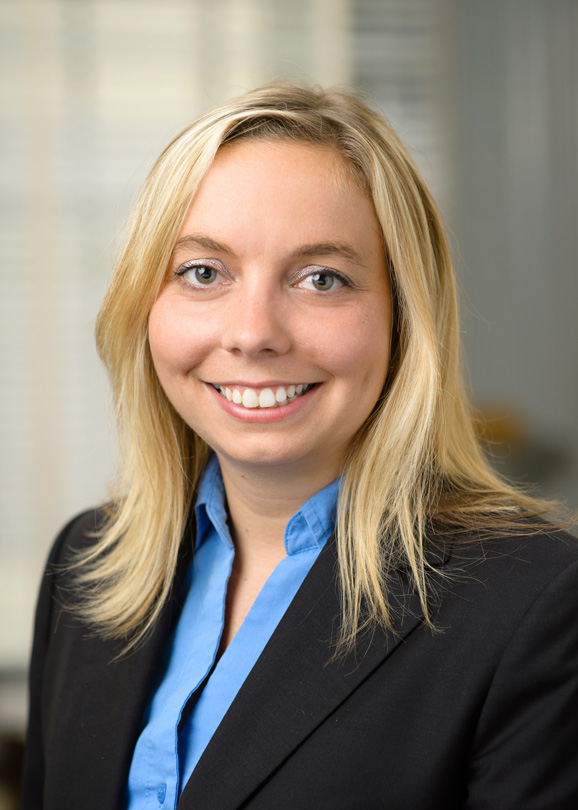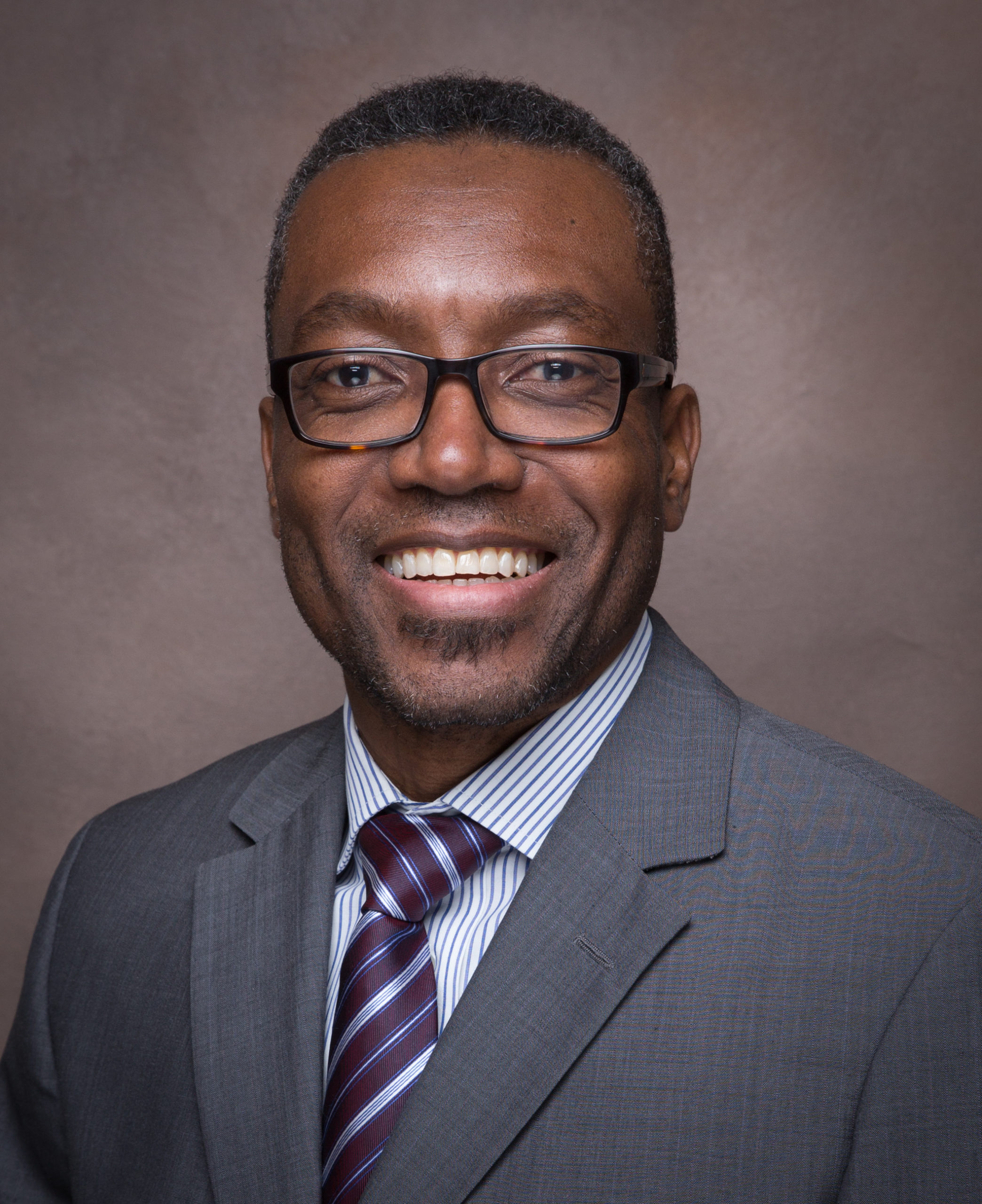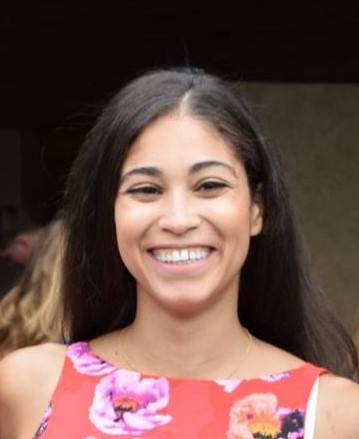Get Involved

 Become a Thought Partner
Become a Thought Partner
Partner with us to produce thought leadership that moves the needle on behavioral healthcare.
 Other options to get involved
Other options to get involved

Thank you!
We received your information and will be in contact soon!
Get Involved

 Grantmaking
Grantmaking
We fund organizations and projects which disrupt our current behavioral health space and create impact at the individual, organizational, and societal levels.
 Participatory Funds
Participatory Funds
Our participatory funds alter traditional grantmaking by shifting power
to impacted communities to direct resources and make funding decisions.
 Special Grant Programs
Special Grant Programs
We build public and private partnerships to administer grant dollars toward targeted programs.
 Program Related Investments
Program Related Investments
We provide funds at below-market interest rates that can be particularly useful to start, grow, or sustain a program, or when results cannot be achieved with grant dollars alone.
Get Involved

 Tia Burroughs Clayton, MSS
Tia Burroughs Clayton, MSS
Learning and Community Impact Consultant
Add some text here
 Alyson Ferguson, MPH
Alyson Ferguson, MPH
Chief Operating Officer
Contact Alyson about grantmaking, program related investments, and the paper series.
 Samantha Matlin, PhD
Samantha Matlin, PhD
Senior Learning & Community Impact Consultant
Contact Samantha about program planning and evaluation consulting services.
 Caitlin O'Brien, MPH
Caitlin O'Brien, MPH
Director of Learning & Community Impact
Contact Caitlin about the Community Fund for Immigrant Wellness, the Annual Innovation Award, and trauma-informed programming.
 Joe Pyle, MA
Joe Pyle, MA
President
Contact Joe about partnership opportunities, thought leadership, and the Foundation’s property.
 Bridget Talone, MFA
Bridget Talone, MFA
Grants Manager for Learning and Community Impact
Add some text here
The Council on Recovery

Program Website
Year:
2018State:
TexasWinner Status:
ApplicantProgram Type:
AwarenessTarget Population:
Children and AdolescentsSetting:
School/CollegeProgram Description
Choices addresses the growing body of knowledge regarding the mechanisms and effects of engaging in high-risk behaviors. Unlike traditional prevention programs that focus on one risky behavior, Choices highlights fifteen of the most common high-risk behaviors that students are exposed to such as alcohol, marijuana, e-cigarettes, heavy drugs, bullying/cyberbullying, technology addiction, pornography, dating violence, depression, and suicide. Utilizing an innovative system-wide approach, a Choices counselor provides prevention programming to students, parents, and faculty, including lessons about how high-risk behavior effect brain development and utilizing brain-based praise to increase executive functioning skills. The activities and lessons are flexible, and can be integrated throughout the entire school community (not just to students already engaging in high-risk behavior) depending on the needs of the school. Developmentally appropriate for elementary, middle, and high school students, Choices is tailored to fit any school culture. Student, parent, and faculty action groups assist staff members in reaching large and diverse groups of youth with varying socioeconomic backgrounds by presenting skill-building materials to target audiences (students, parents, and faculty) beyond just the classroom. This approach aims to achieve large-scale, sustainable change of social norms in the school culture, fostering an environment that values wellness and lifelong success.
Creativity
Unlike programs that require a large financial investment in curriculum literature, staff training, and programming that becomes out-of-date or lost when trained staff leave, Choices is a model that adapts to fit a school’s current needs and culture. No other program focuses on increasing the executive functioning skills of student’s growing brains while simultaneously decreasing such a wide variety of high-risk behavior by empowering a school to create consistent, dynamic activities for its entire student, parent, and faculty community. Choices counselors are trained in the latest prevention science and current high-risk trends, and then dispatched to create experiential universal, selective, and indicated programming for their particular school’s needs and culture. Choices counselors offer weekly education classes, lunchtime activities, student-led discussions, parent forums, and speaker events, as well as individual and family counseling for students, parents, and faculty regarding a wide range of behavioral health issues relevant within the school community.
Leadership
The Director of Choices regularly presents at schools, community organizations, and behavioral health conferences at the city, state, and national level, thus providing numerous opportunities for information sharing across communities. With numerous presentations and academic publications focused on Choices and high-risk behavior prevention, Choices staff members disseminate cutting edge information on best-practices for preventing high-risk behaviors in youth on a consistent basis. Staff members and leadership also work collaboratively with school districts, public and non-profit child-serving organizations, and community stakeholders to share the results and data that stems from Choices programming to promote the well-being of school-age children in hopes of spreading the Choices model. In this effort, the National Center on Addiction and Substance Abuse (CASA) is currently evaluating the program due to the potential for its use in preventing and treating multiple high-risk behaviors during the crucial brain development period of youth.
Sustainability
The Council on Recovery created the Choices program in collaboration with a group of concerned parents who wanted to bring consistent, sustainable prevention programming to their children’s school. After the pilot study revealed statistically significant improvements in seven out of fifteen high-risk behaviors, the original group partnered with local philanthropic organizations to offer grants to schools to seed Choices programs in new schools. The Choices parent action groups continue to recruit parents who help support, sustain, and connect to like-minded underwriters bringing the current Choices school count to 17. The Council is working with CASA to write technical/training manuals and conduct a formal evaluation, as well as write grants in collaboration with a variety of local and national organizations. These grants help supplement the initial costs associated with Choices until a school is able to sustain the program on its own as the original Choices schools have.
Replicability
Technical and training manuals are currently being developed with The National Center on Addiction and Substance Abuse to lay out how the model can be replicated in other cities nationwide. In an effort to understand the efficacy of three levels of programming, full-, part-, and quarter-time Choices programs were created. Where appropriate, schools may adopt a full-time Choices counselor or share a part-time Choices counselor with a sister campus. Smaller schools may implement quarter-time programming 2 to 4 times per semester or spread Choices programming over a combination of elementary, middle, and high school campuses. Choices counselors can also adopt other evidence-based curriculum and parent programming to fit the needs of each population. In addition, Choices prevention science, high-risk behavior, and neurodevelopmental training can be delivered to schools with existing social and emotional counselors who are capable of creating a Choices program from within.
Results/Outcomes
Quantitative results from the pilot study indicate significant decreases in seven out of fifteen high-risk behaviors, with six of the decreasing behaviors involving drugs and alcohol. However, several of the non-substance use behaviors displayed inconsistent prevalence rate patterns. It’s important to note the amount of substance use programming was greater than non-substance programming due to the pilot school’s programming needs as indicated from their student survey and key stakeholder input. These findings indicate that the frequency and intensity of non-substance prevention programming should be increased to the level of substance use programming. We hypothesize that making this adjustment will have a greater impact on decreasing high-risk behavior engagement in the future due to the interrelationship of multiple risk behaviors (both substance and non-substance related) in adolescence. Qualitative results collected from faculty and students indicate overall satisfaction with Choices programming and willingness to utilize the services provided by the Choices counselor.












